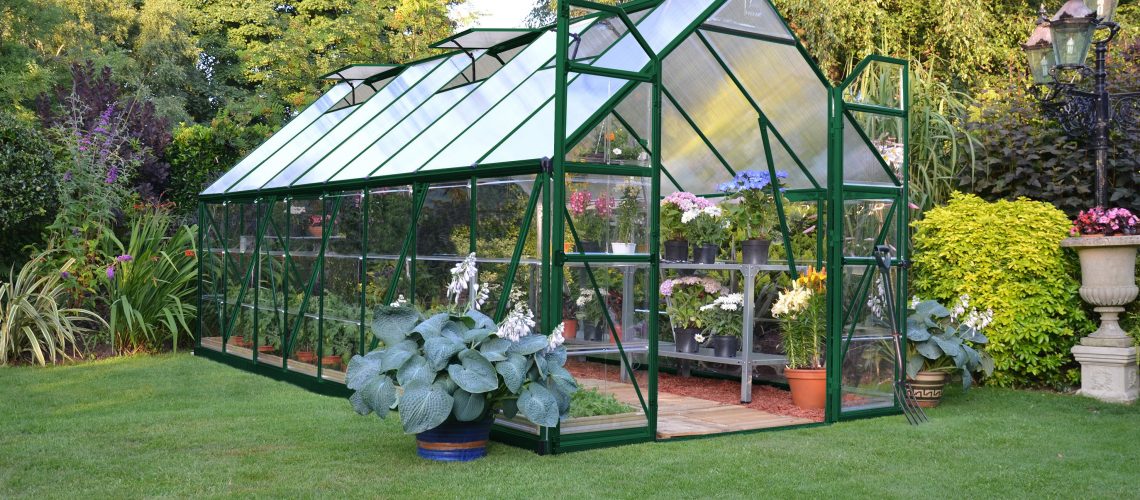
If you own a home, you may want to add a shed, garage, greenhouse or other building. These are known as ‘ancillary buildings’.
Permitted development
Before you do this you should first check if you need to apply for planning permission.
Most ancillary buildings do not need a planning permission application, because most meet a set of rules called ‘permitted development’.
The permitted development rules for an ancillary building are:
- it’s located at the back of the house
- it’s not used as a separate home to live in
- it and any other development does not take up half or more of the ‘curtilage’ – this means half or more of the grounds behind your home
- it’s not higher than 4 metres at the highest point
- any part that’s a metre or less from the boundary is no higher than 2.5 metres
- the eaves (the part where the wall meets the roof) is no higher than 3 metres
- if the land is in a conservation area or in the grounds of a listed building, the ancillary building has a footprint of less than 4 square metres

You should always check with your council’s planning department to see whether you need to apply for planning permission. Even if you meet the permitted development rules, there may be other approvals you’ll need to get.
For a more detailed explanation of what’s considered a permitted development when building a shed, garage or greenhouse, read the Scottish Government’s Guidance on Householder Permitted Development rights publication and go to section 4.74.
Planning permission
If the building you want to add does not meet the conditions for permitted development, you have to apply for planning permission.
Find out how to apply for planning permission, or contact your Planning Authority for further information.
Other approvals
You might need other approvals before you can carry out work. For example, you might need approval under the building regulations from the local council.
If you do not own the land on which the development is being carried out (for example, if you’re a tenant or the land’s in joint ownership), you need to get the landowner’s permission.
If you live in a listed building you’ll also need to obtain a listed building consent.
It’s your responsibility to make sure you get any necessary approval.



